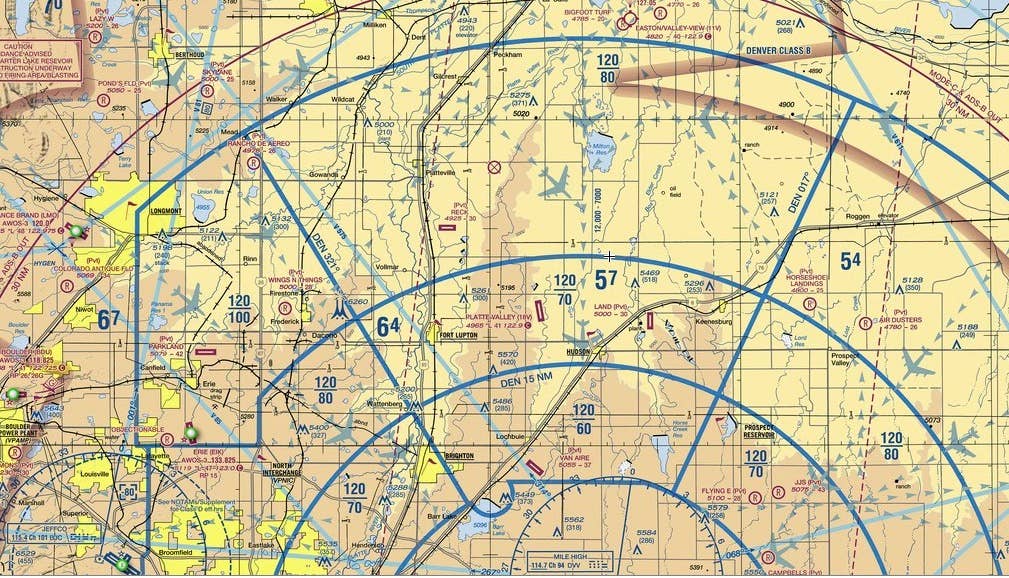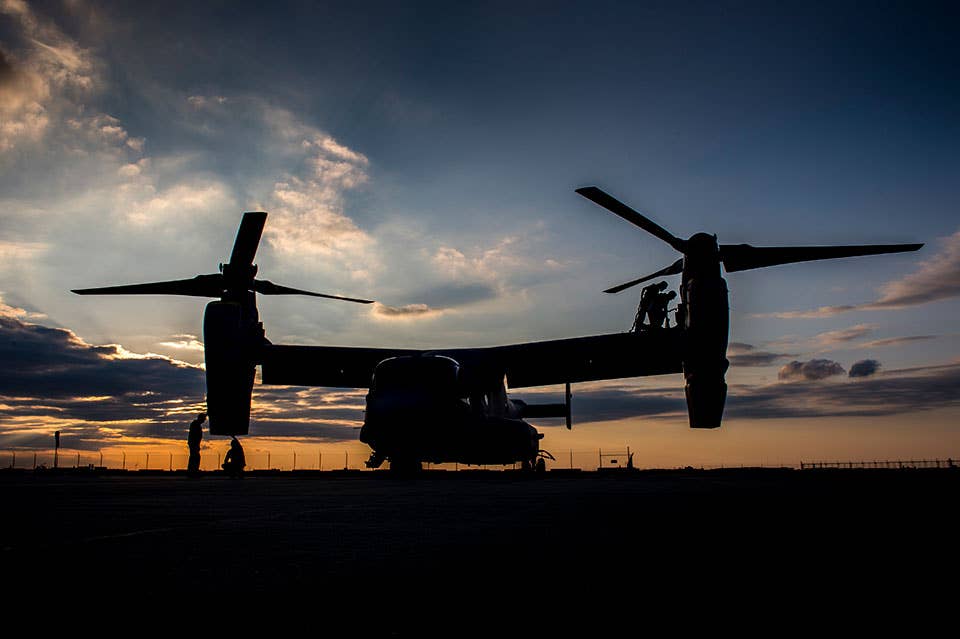NTSB: Sonex In Colorado Midair Was Not Transmitting ADS-B ‘Out’ Data
Contrary to previous reports, the Sonex Xenos involved in the Sept. 17, 2022, triple-fatal midair collision in Colorado was not transmitting ADS-B “out” data at the time of the accident,…

According to the NTSB Preliminary Report, the Sonex that departed from Platte Valley Airpark (center) was not transmitting ADS-B “out” data when it collided with a Cessna 172. ADS-B “out” is required for operating within the DEN Mode C veil.
Contrary to previous reports, the Sonex Xenos involved in the Sept. 17, 2022, triple-fatal midair collision in Colorado was not transmitting ADS-B “out” data at the time of the accident, according to the NTSB. ADS-B “out” is required within the Denver Mode C veil where the accident occurred. And the NTSB Preliminary Report (download PDF here) further states the aircraft’s last flight during which it broadcast ADS-B data was flown on July 14, a flight lasting six minutes, according to FlightAware.
Between that date and the accident date, FlightAware (which gets its data from numerous sources, including air traffic control and ADS-B) recorded eight more flights originating from the Sonex’s home airport (Platte Valley Airpark—18V), which lies well within the Mode C veil. The flights ranged in duration from 12 minutes to just less than an hour.
Both aircraft involved in the accident, the Sonex and a Cessna 172 Skyhawk on a training flight with two on board, were squawking VFR (1200) transponder codes. According to the text of the NTSB report, “Both airplanes operated within the Mode-C veil of the Denver International Airport Class B airspace that required automatic dependent surveillance broadcast (ADS-B) ‘out’ transmissions. The Cessna was equipped with ADS-B ‘in/out’ equipment and transmitted ADS-B data during the accident flight. The Sonex did not transmit ADS-B data during the accident flight …” Neither aircraft was in radio contact with ATC, nor were they required to be.
From the report: “A review of air traffic control (ATC) flight track data revealed the Cessna departed Rocky Mountain Municipal Airport (BJC), Denver, Colorado, about 0843, and the Sonex departed Platte Valley Airpark (18V), Hudson, Colorado, about 0838. The airplanes climbed to about 7,000-7,500 feet mean sea level (msl) [approximately 2,000 feet above ground level] and were operating under visual flight rules (VFR). The Cessna flew northbound and the Sonex flew westbound toward the Longmont area. After the Cessna completed a left 360-degree turn, it turned eastbound. The flight track data of the two airplanes merged and subsequently showed both airplanes rapidly descending.”
The FAA-registered owner of the Sonex, Henry Butler Jr., was the pilot on the accident flight and the sole occupant. According to FAA records, the aircraft was registered on Feb. 24, 2022. The previously listed owner was a limited liability corporation in Wisconsin. The corporation was listed as the registered owner from August 2016 until October 2021 when the aircraft was listed as “Registration Pending.”






